Whether it takes the form of a big, heavy bruiser or a light, nimble roadster, what makes a great driver’s car is a conglomeration of several characteristics.
These are characteristics that road testers have been doing their best to unravel since Autocar first began writing reviews a century ago.
Although decent performance has an important part to play, it isn’t all about power and acceleration but also feedback, responsiveness, agility, ride quality, body control, grip, balance, poise and driving position – all those things that engage a driver and make them feel comfortable at the same time.
Now we’re seeing the biggest technology changes in the shortest time in the 130-odd years since the first Benz turned a wheel. So what will happen to the driver’s car? Will there be any fun to be had in 20 or 30 years’ time? Perhaps the best place to start is with what we have.
Electric motors have all the attributes that engineers have been trying to get combustion engines to deliver ever since they were invented, namely as much torque as possible from low revs, power, efficiency and refinement. Modern electric cars' AC motors do all of that seemingly without trying, which makes them the perfect choice of powerplant for any car.
Their relative simplicity made them attractive to the early pioneers of motoring, but the difficulty then was storing enough energy to power them. To a lesser extent, the same issue applies today, tangled up as it is with cost and weight. But it’s unlikely to be that way in 30 years’ time, what with the ongoing rapid advancement of battery tech.
Gearbox types come and go. The manual was largely replaced by the automated manual, followed by the dual-clutch automatic, but for many keen drivers, the yearning for three pedals and a stick never waned.
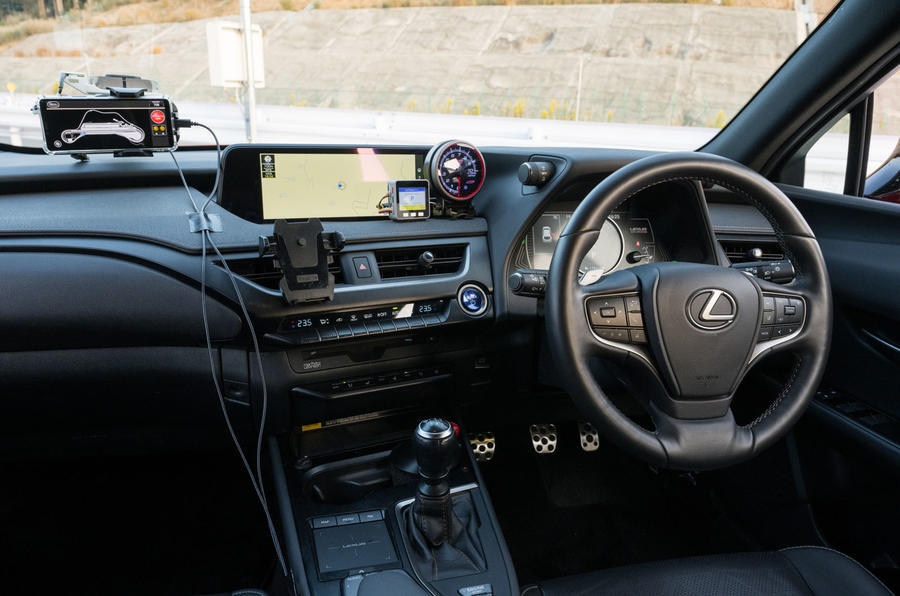

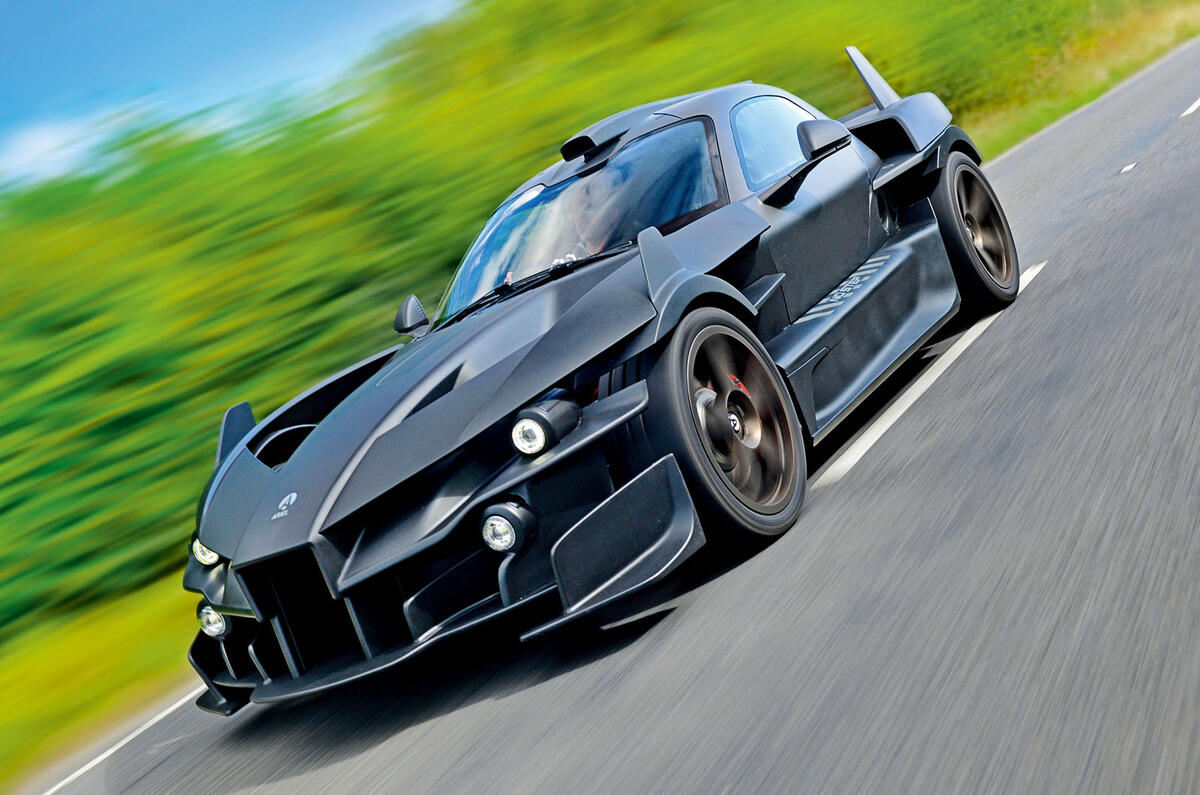
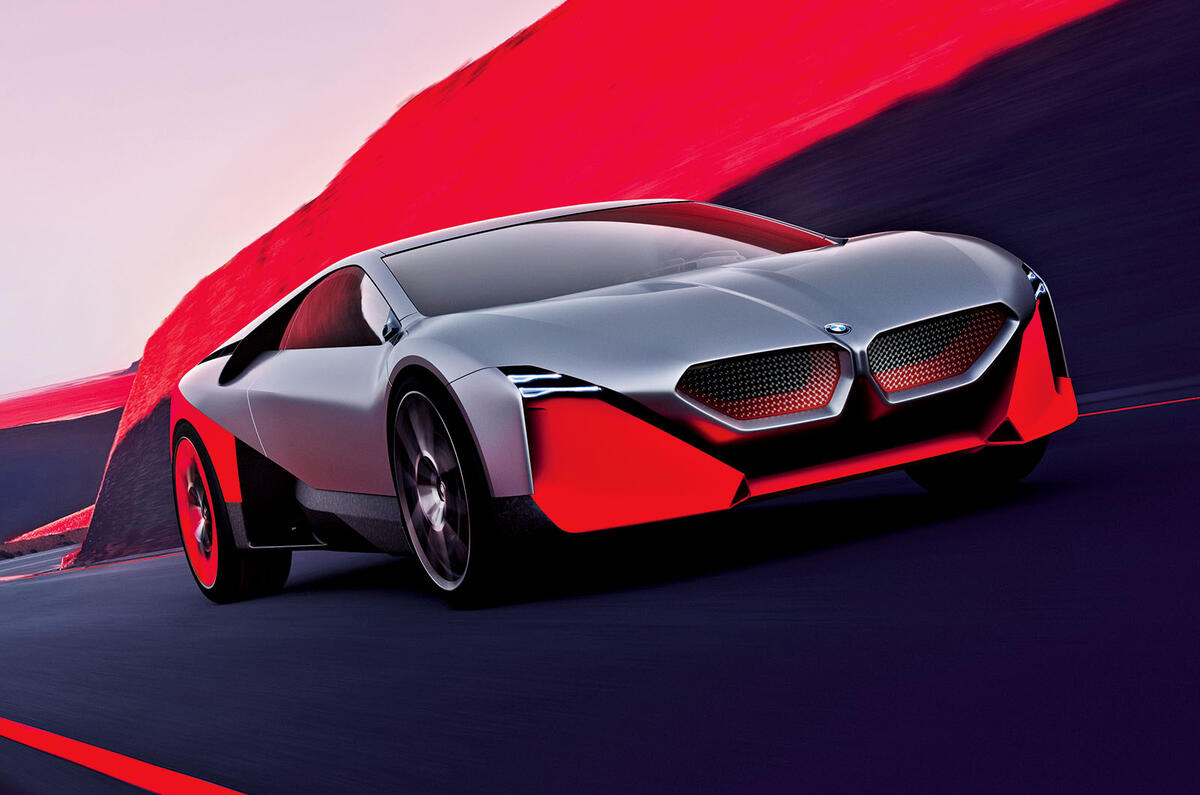
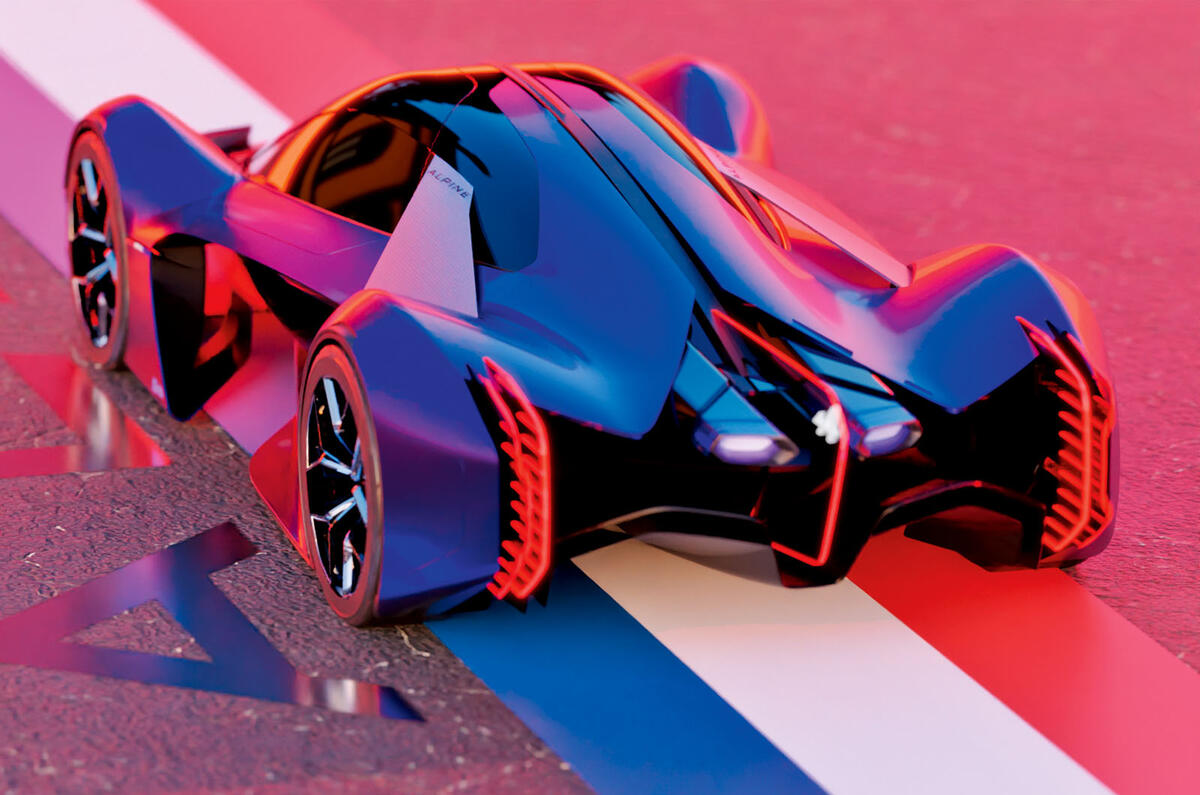
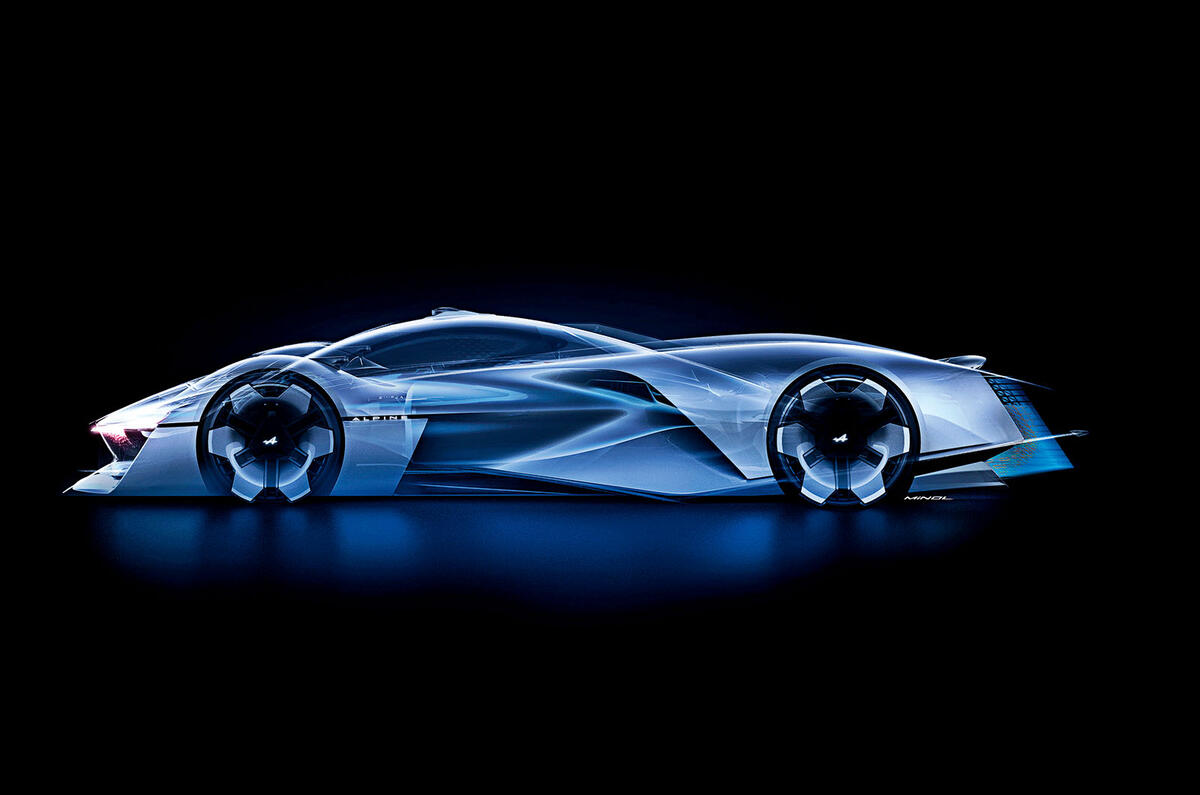
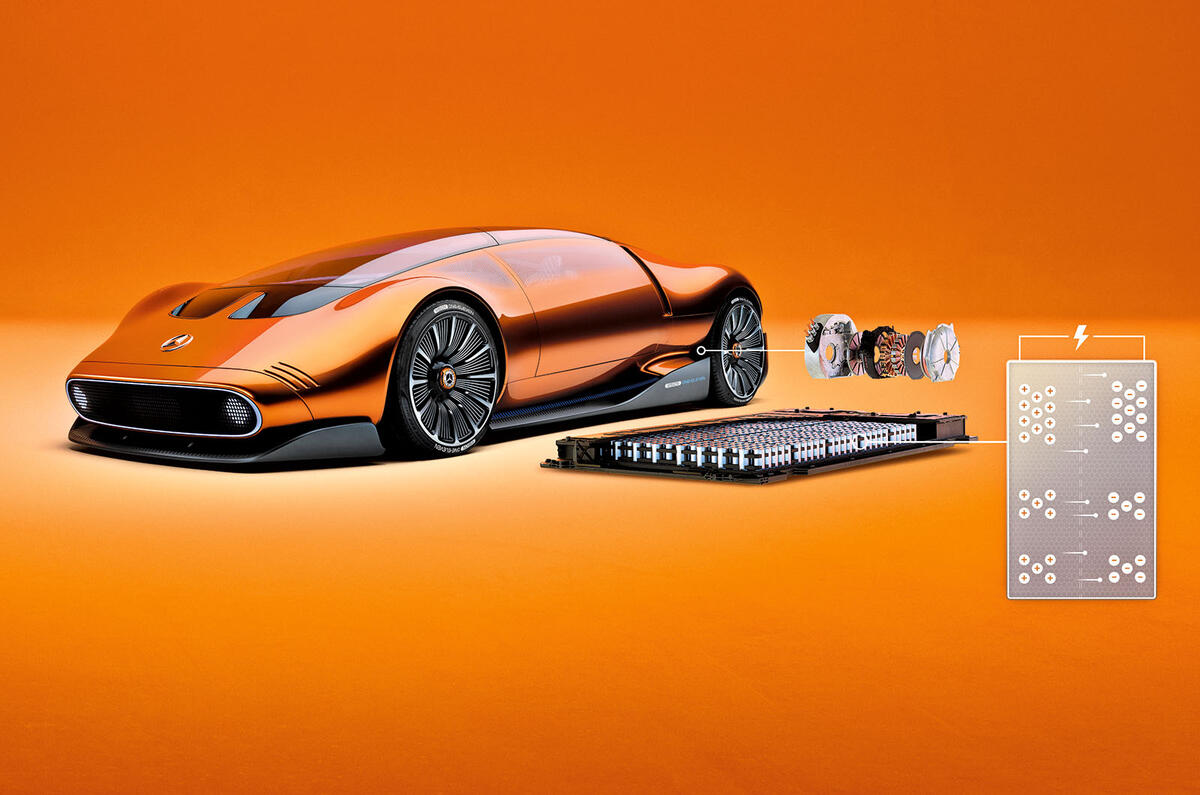
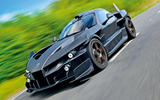
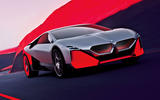
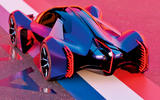
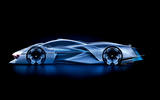
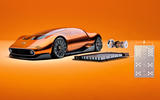

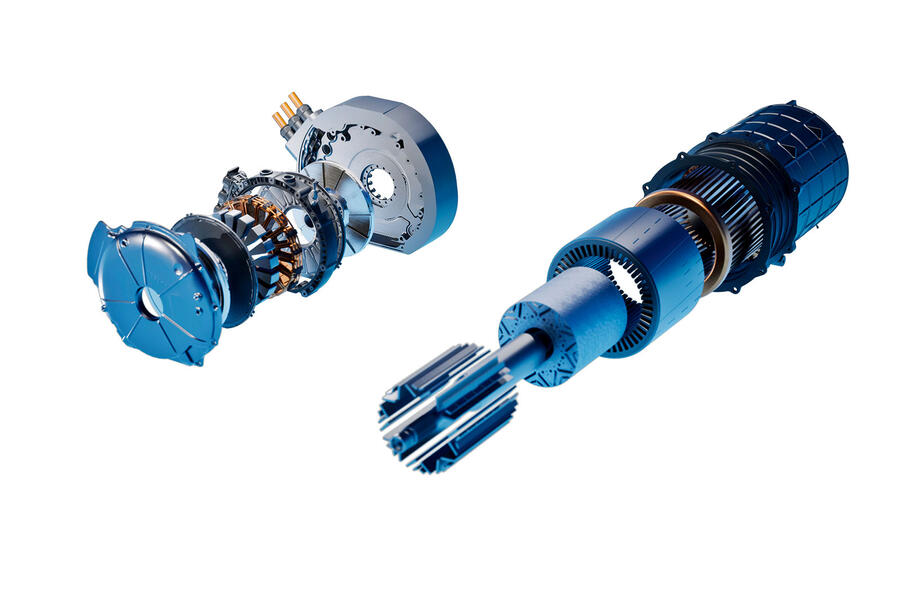
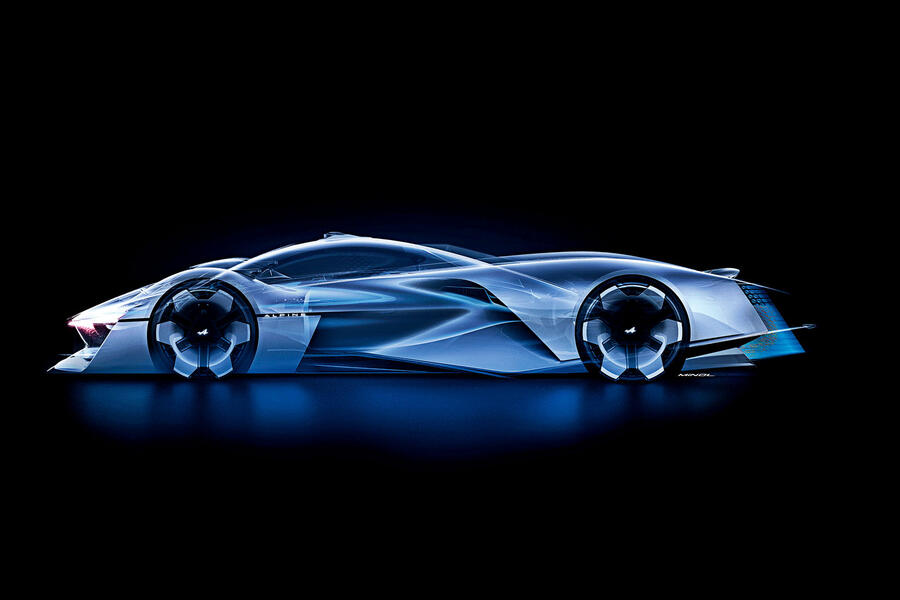


Join the debate
Add your comment
I have no doubt that the car industry can make cars that people who enjoy driving can enjoy. But, as most of us cant have a car for every purpose, but instead have one or 2 to do everything, we are left making a compromise. With ICE i think thats why the Hot Hatch did so well. All things to all people, and yet with all but the most extreme, easy to live with everyday.
However, so far with EVs range seems to be the biggest issue. Followed by weight, and also price. Sadly solving problem 1 means more expensive batteries, making issue 2 and 3 worse. I am sure there will be drivers cars that dont weigh too much, but no one will buy them as they wont go far enough, and will probably cost far too much
With ICE i MUCH prefer a manual, but EVs seem better than an automatic ICE. An EV is never in the wrong gear, it never wants to change gear at the wrong time. I dont think we need an EV to be as good as a good ICE car, we need it to be good in a way that only an EV can be. But, we also need them to be affordable. And they arent.
I for one will be keeping the ICE cars i have as long as i can, and maybe one day i will add an EV, but i have no plans to do that right now. There isnt an EV on the market that appeals. And thats the big issue. Until people WANT an EV they can choose to continue with what they already have. They might not be able to buy a new ICE car for too much longer, but unless the car industry can make EVs that we want, and can afford people will simply not buy as many new cars and keep their old ones. Thats where i am at, and there really isnt any sign i can see that the car industry wants to make an EV for me.
And because car makers have got so good at making ICE cars, they last a very long time. I am sure if there is petrol on sale i will be able to drive ICE for the rest of my driving life.
Like many drivers, I, too, yearn for interesting sounds in my car, But, instead of engine noise, I prefer music and songs.
Having recently just started driving an automatic car I find that not having to match engine revs with changing gears to be sympathetic to the gearbox and clutch means you have to slow down sooner, a manual you chose when, most cars are well sound proofed , you can't hear them so I guess some drivers today don't bother, but manual is on its way out,and I must say auto is easier.
YES! THIS! Who wants to hear engine noise and tyre roar? Give me tunes and conversation.
Like many drivers, I, too, yearn for the stick and use it for cleaning my teeth.